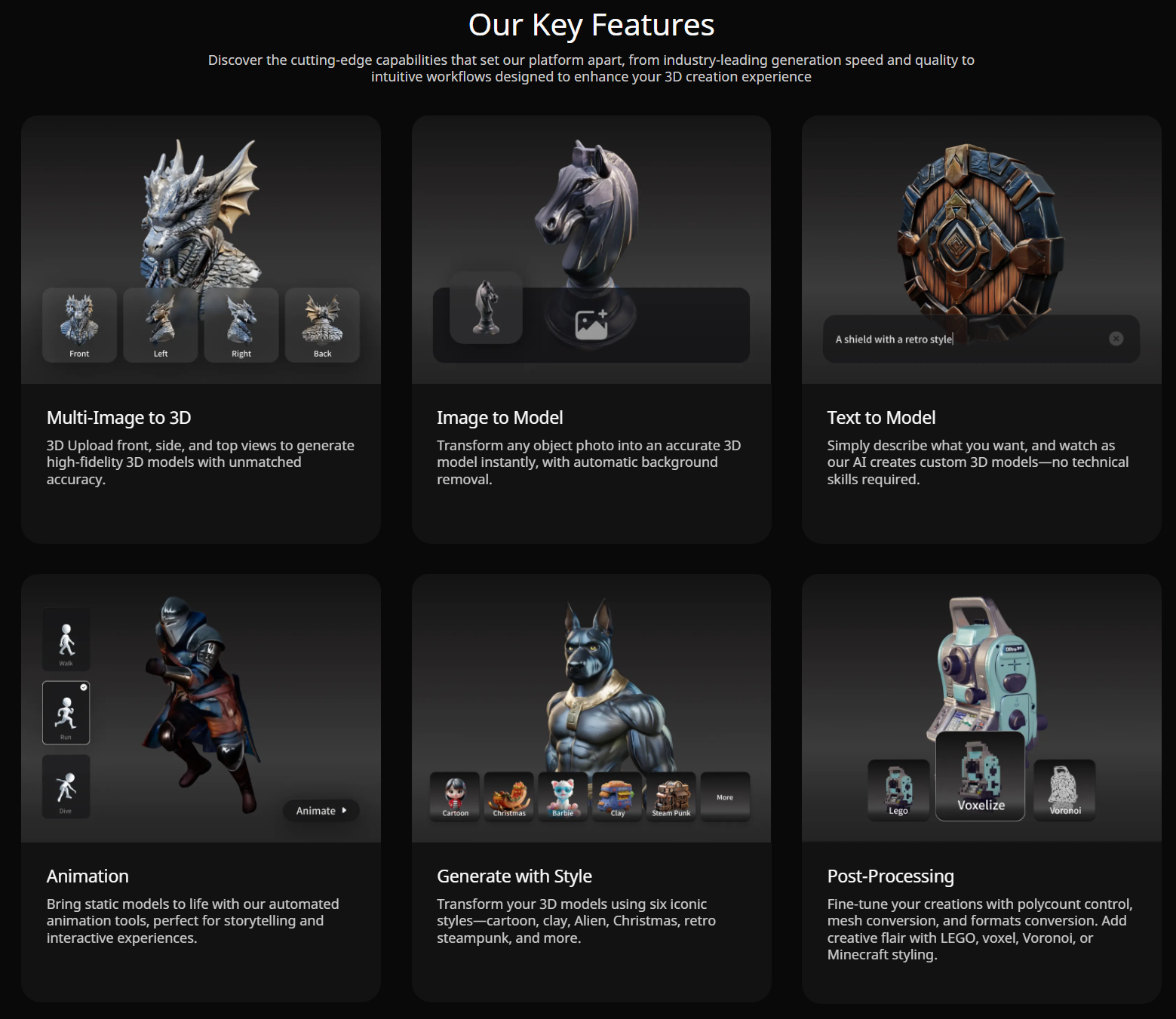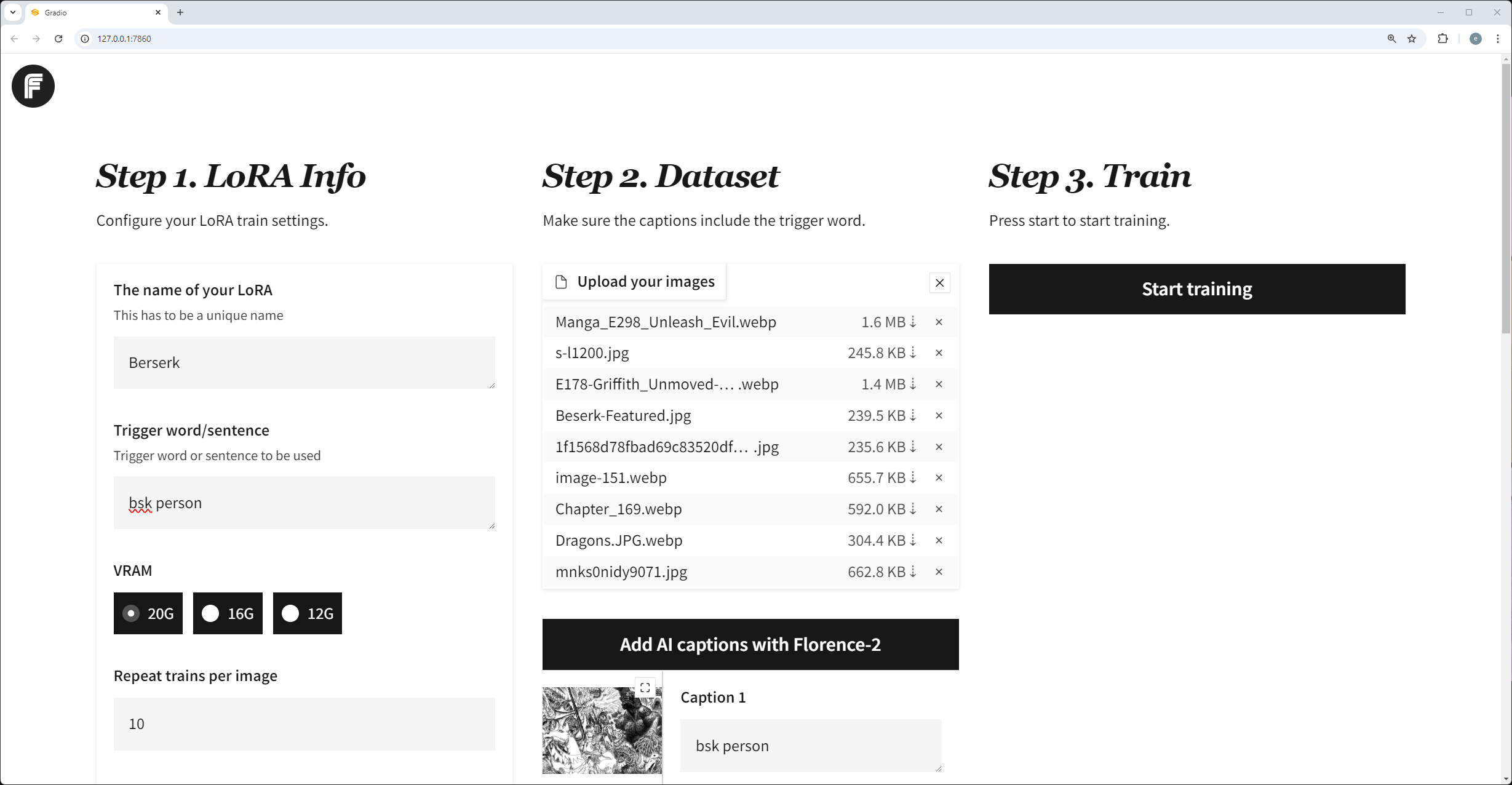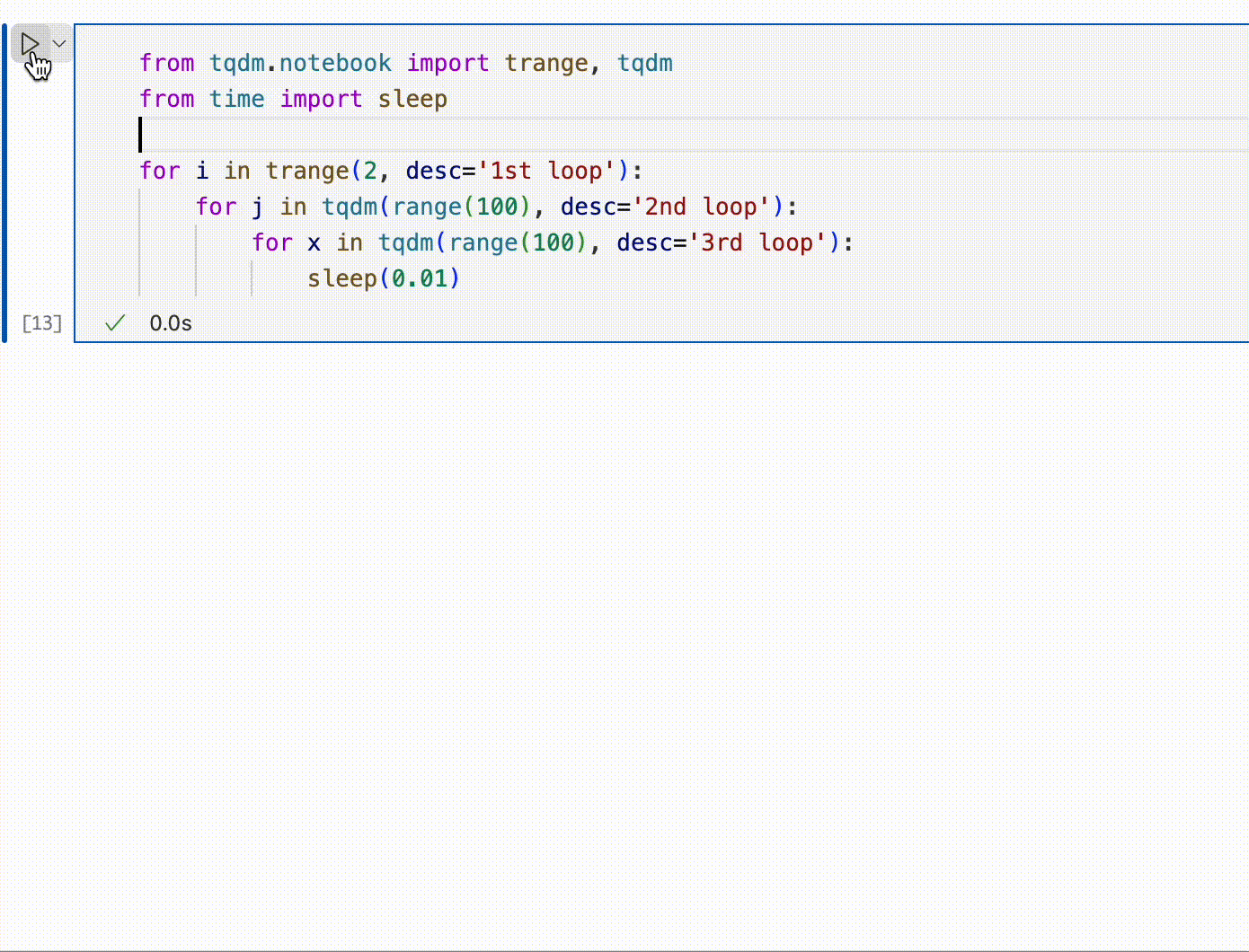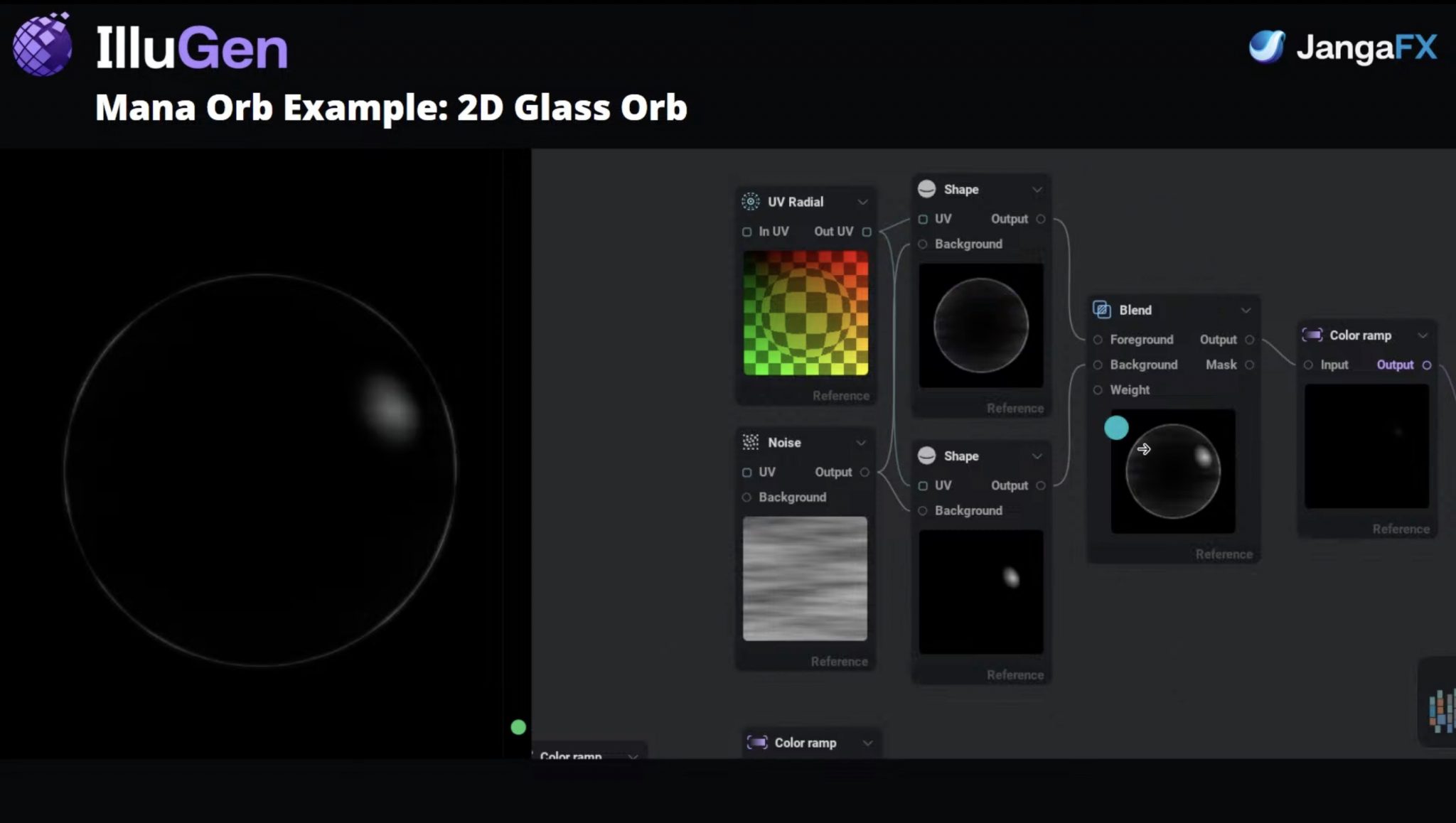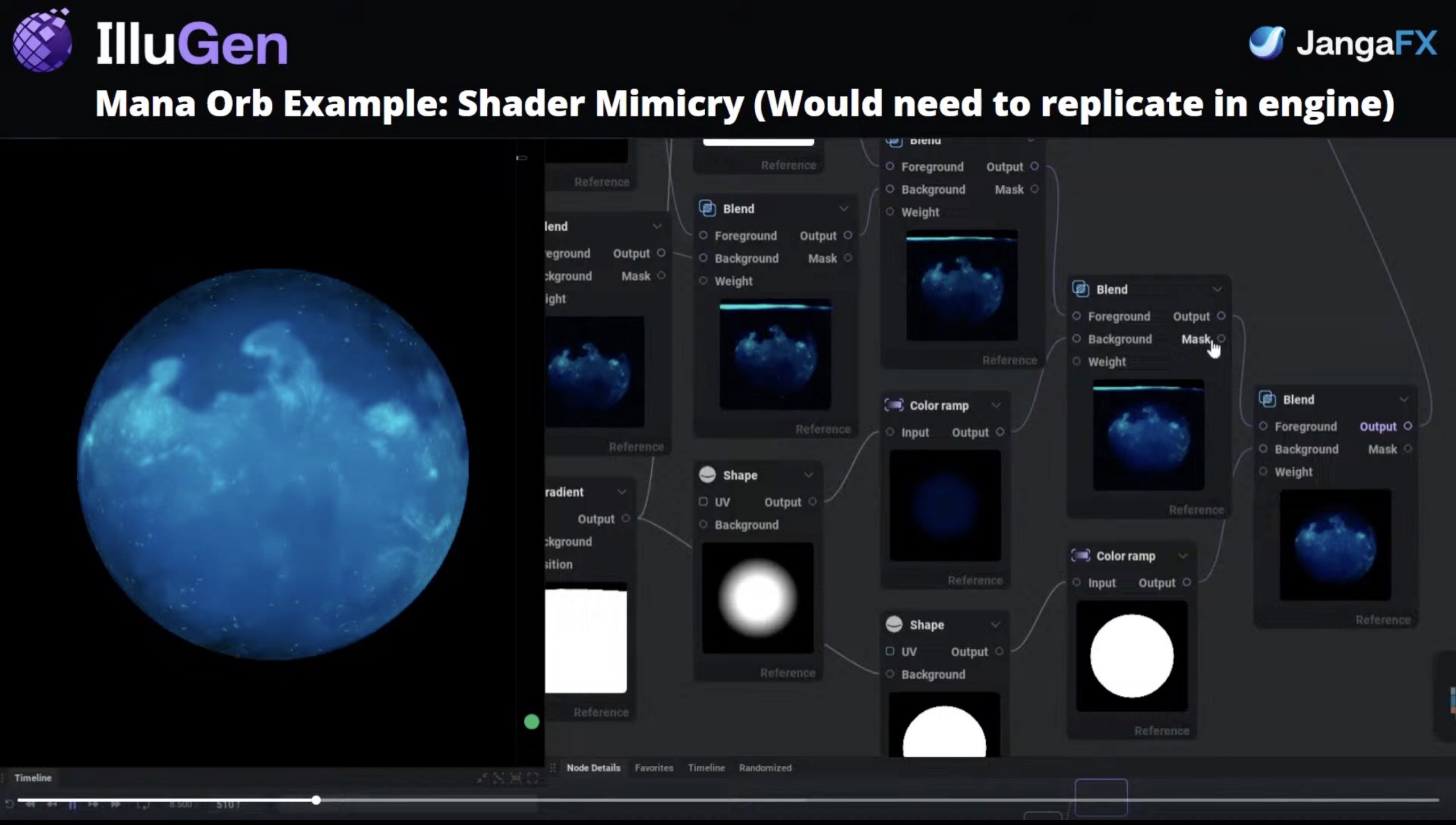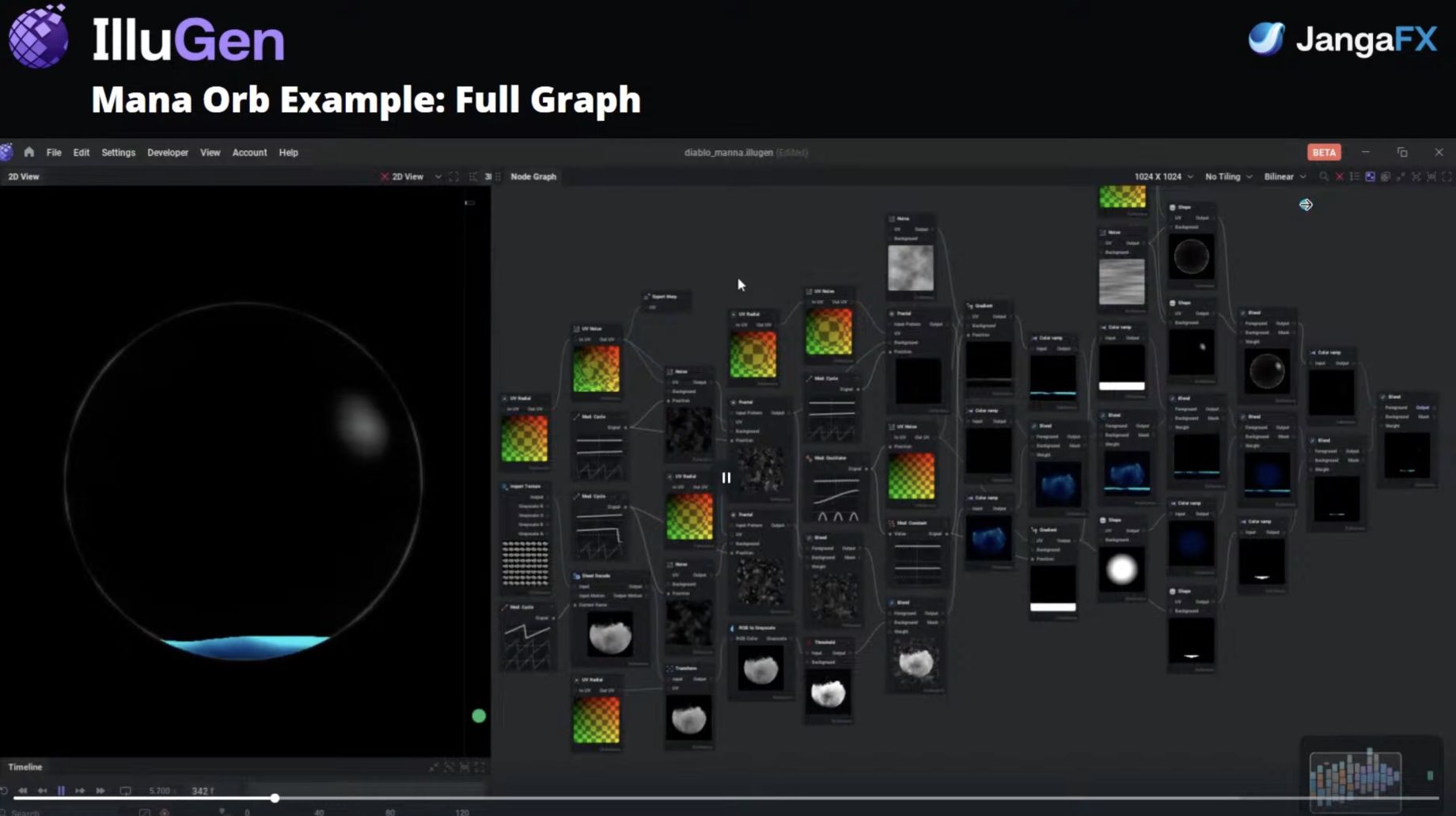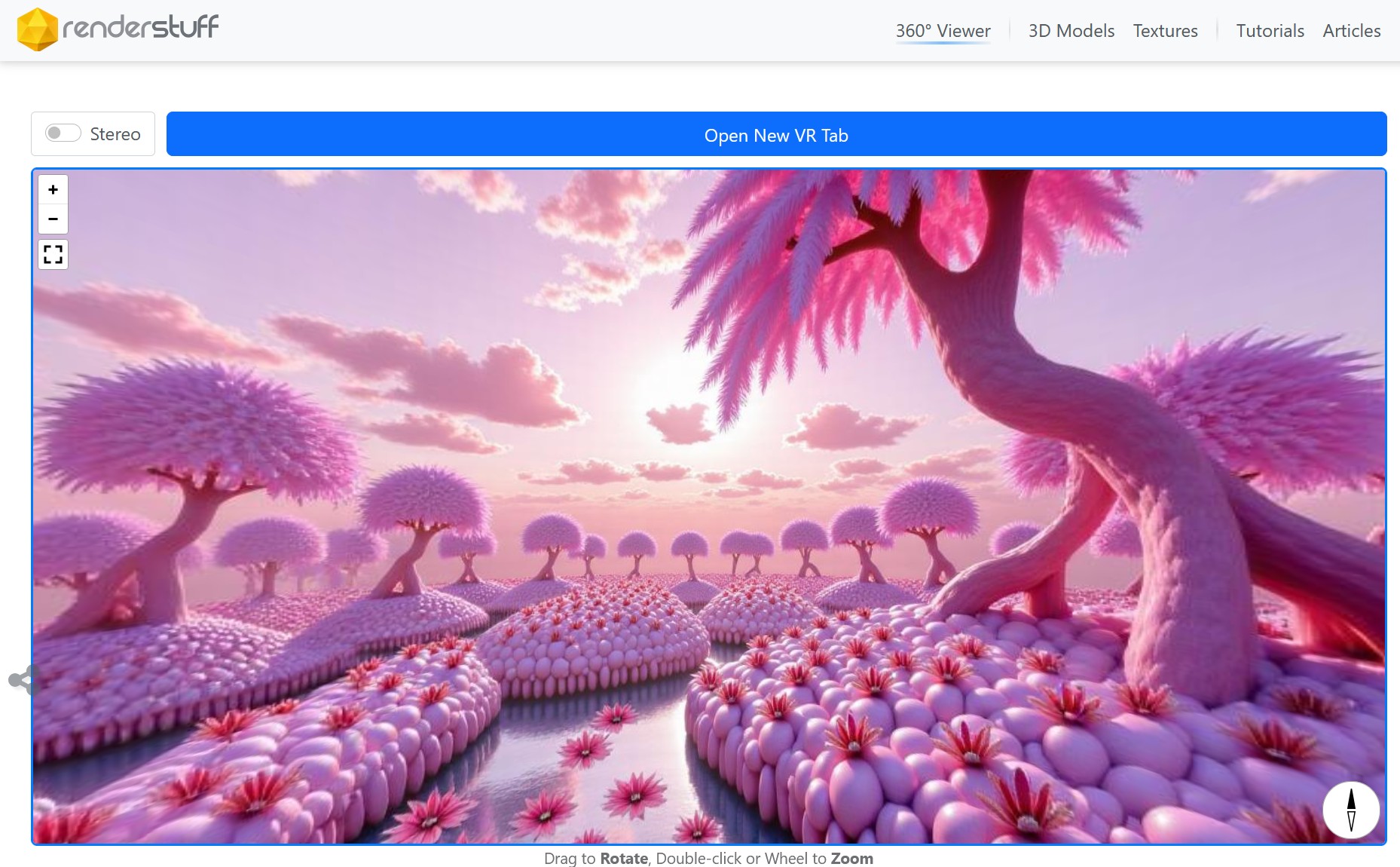BREAKING NEWS
LATEST POSTS
-
Vulkan Gaussian Splatting – Real-Time GPU-Accelerated Gaussian Splatting with NVIDIA DesignWorks Sample vk_gaussian_splatting
https://github.com/nvpro-samples/vk_gaussian_splatting
vk_gaussian_splatting is a new Vulkan-based sample that demonstrates real-time Gaussian splatting, a cutting-edge volume rendering technique that enables highly efficient representations of radiance fields. It is the latest addition to the NVIDIA DesignWorks Samples.

-
Foundry Nuke W_hotbox – A fully customisable ‘favourites menu’
https://www.nukepedia.com/python/ui/w_hotbox
W_hotbox is basically a fully customisable ‘favourites menu’ that pops up for as long as you press the shortcut and disappears as soon as you release. The buttons that make up the menu represent python scripts and change depending on you selection. The ‘Hotbox Manager’ offers you an user friendly interface which allows you to add new buttons on the fly. Those buttons are directly accessible via buttons that appear in the menu under your cursor.
-
Yasuharu YOSHIZAWA – Comparison of sRGB vs ACREScg in Nuke
Answering the question that is often asked, “Do I need to use ACEScg to display an sRGB monitor in the end?” (Demonstration shown at an in-house seminar)
Comparison of scanlineRender output with extreme color lights on color charts with sRGB/ACREScg in color – OCIO -working space in NukeDownload the Nuke script:
-
TED 2025 Rob Bredow – Artist-Driven Innovation in the Age of AI
https://robbredow.com/2025/05/ted-artist-driven-innovation/
https://www.ted.com/talks/rob_bredow_star_wars_changed_visual_effects_ai_is_doing_it_again
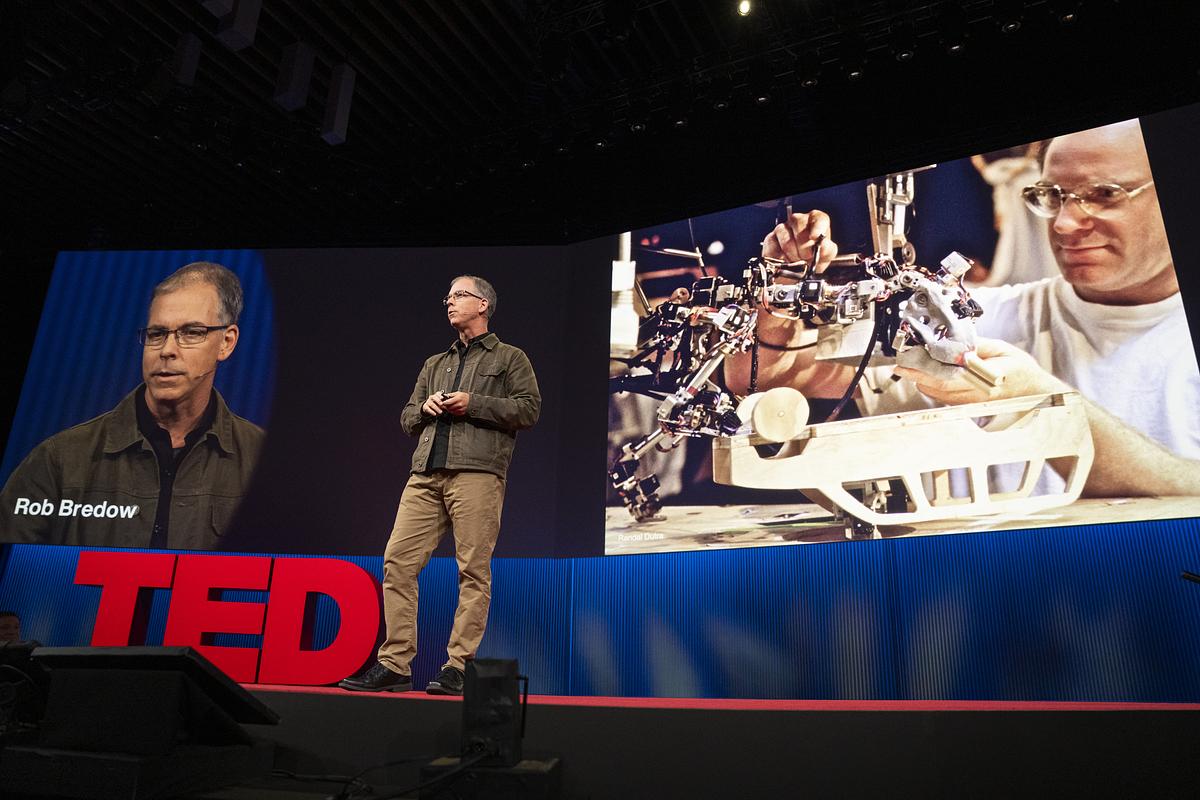
Rob Bredow speaks at SESSION 3 at TED 2025: Humanity Reimagined. April 7-11, 2025, Vancouver, BC. Photo: Gilberto Tadday / TED -
Chongqing the world’s largest city in pictures
https://www.theguardian.com/world/gallery/2025/apr/27/chongqing-the-worlds-largest-city-in-pictures
The largest city in the world is as big as Austria, but few people have ever heard of it. The megacity of 34 million people in central of China is the emblem of the fastest urban revolution on the planet.




-
Fluent 4.0 released for Blender hard surface modeler
Beyond the boolean support, this add-on also provides cloth panel, grid, head screw, wire and pipe tool.
https://cgthoughts.gumroad.com/
https://superhivemarket.com/creators/cg-thoughts?ref=82
-
Arto T. – A workflow for creating photorealistic, equirectangular 360° panoramas in ComfyUI using Flux
https://civitai.com/models/735980/flux-equirectangular-360-panorama
https://civitai.com/models/745010?modelVersionId=833115
The trigger phrase is “equirectangular 360 degree panorama”. I would avoid saying “spherical projection” since that tends to result in non-equirectangular spherical images.
Image resolution should always be a 2:1 aspect ratio. 1024 x 512 or 1408 x 704 work quite well and were used in the training data. 2048 x 1024 also works.
I suggest using a weight of 0.5 – 1.5. If you are having issues with the image generating too flat instead of having the necessary spherical distortion, try increasing the weight above 1, though this could negatively impact small details of the image. For Flux guidance, I recommend a value of about 2.5 for realistic scenes.
8-bit output at the moment


-
Scientists claim to have discovered ‘new colour’ no one has seen before: Olo
https://www.bbc.com/news/articles/clyq0n3em41o
By stimulating specific cells in the retina, the participants claim to have witnessed a blue-green colour that scientists have called “olo”, but some experts have said the existence of a new colour is “open to argument”.
The findings, published in the journal Science Advances on Friday, have been described by the study’s co-author, Prof Ren Ng from the University of California, as “remarkable”.

(A) System inputs. (i) Retina map of 103 cone cells preclassified by spectral type (7). (ii) Target visual percept (here, a video of a child, see movie S1 at 1:04). (iii) Infrared cellular-scale imaging of the retina with 60-frames-per-second rolling shutter. Fixational eye movement is visible over the three frames shown.
(B) System outputs. (iv) Real-time per-cone target activation levels to reproduce the target percept, computed by: extracting eye motion from the input video relative to the retina map; identifying the spectral type of every cone in the field of view; computing the per-cone activation the target percept would have produced. (v) Intensities of visible-wavelength 488-nm laser microdoses at each cone required to achieve its target activation level.
(C) Infrared imaging and visible-wavelength stimulation are physically accomplished in a raster scan across the retinal region using AOSLO. By modulating the visible-wavelength beam’s intensity, the laser microdoses shown in (v) are delivered. Drawing adapted with permission [Harmening and Sincich (54)].
(D) Examples of target percepts with corresponding cone activations and laser microdoses, ranging from colored squares to complex imagery. Teal-striped regions represent the color “olo” of stimulating only M cones.
-
FEATURED POSTS
-
Bennett Waisbren – ChatGPT 4 video generation
1. Rankin/Bass – That nostalgic stop-motion look like Rudolph the Red-Nosed Reindeer. Cozy and janky.
2. Don Bluth – Lavish hand-drawn fantasy. Lush lighting, expressive eyes, dramatic weight.
3. Fleischer Studios – 1930s rubber-hose style, like Betty Boop and Popeye. Surreal, bouncy, jazz-age energy.
4. Pixar – Clean, subtle facial animation, warm lighting, and impeccable shot composition.
5. Toei Animation (Classic Era) – Foundation of mainstream anime. Big eyes, clean lines, iconic nostalgia.
6. Cow and Chicken / Cartoon Network Gross-Out – Elastic, grotesque, hyper-exaggerated. Ugly-cute characters, zoom-ins on feet and meat, lowbrow chaos.
7. Max Fleischer’s Superman – Retro-futurist noir from the ’40s, bold shadows and heroic lighting.
8. Sylvain Chomet – French surrealist like The Triplets of Belleville. Slender, elongated, moody weirdness.
-
HDRI Median Cut plugin
www.hdrlabs.com/picturenaut/plugins.html

Note. The Median Cut algorithm is typically used for color quantization, which involves reducing the number of colors in an image while preserving its visual quality. It doesn’t directly provide a way to identify the brightest areas in an image. However, if you’re interested in identifying the brightest areas, you might want to look into other methods like thresholding, histogram analysis, or edge detection, through openCV for example.
Here is an openCV example:
(more…)
-
AI and the Law – studiobinder.com – What is Fair Use: Definition, Policies, Examples and More
https://www.studiobinder.com/blog/what-is-fair-use-definition
“If you produce YouTube content or do any work with intellectual property or copyrighted material, then a thorough understanding of fair use copyright law may be absolutely vital.”
“Fair Use is a branch of copyright law relating to the reuse and reproduction of copyrighted material.”
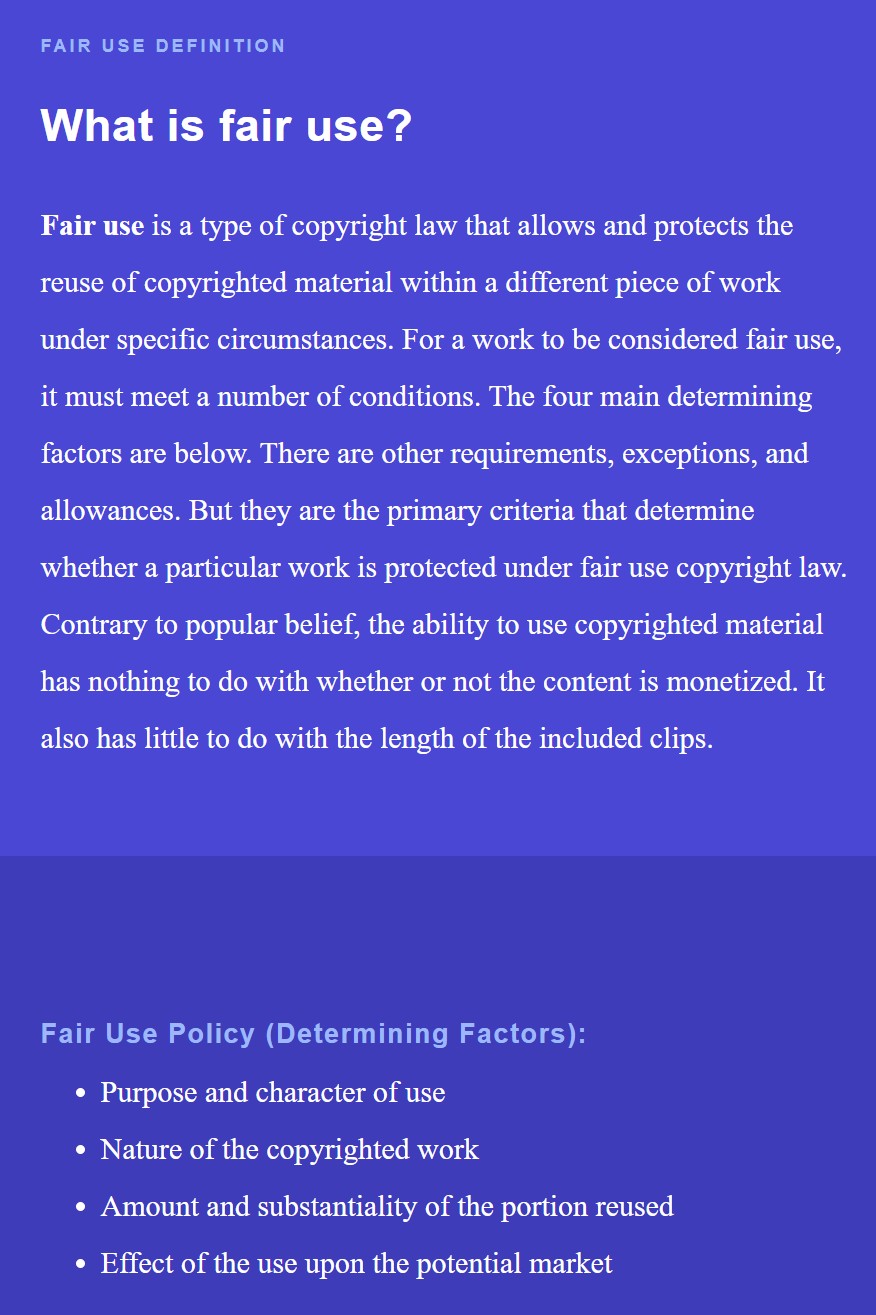
Fair Use Policy (Determining Factors):
- Purpose and character of use
- Nature of the copyrighted work
- Amount and substantiality of the portion reused
- Effect of the use upon the potential market
-
Cinematographers Blueprint 300dpi poster
The 300dpi digital poster is now available to all PixelSham.com subscribers.
If you have already subscribed and wish a copy, please send me a note through the contact page.






